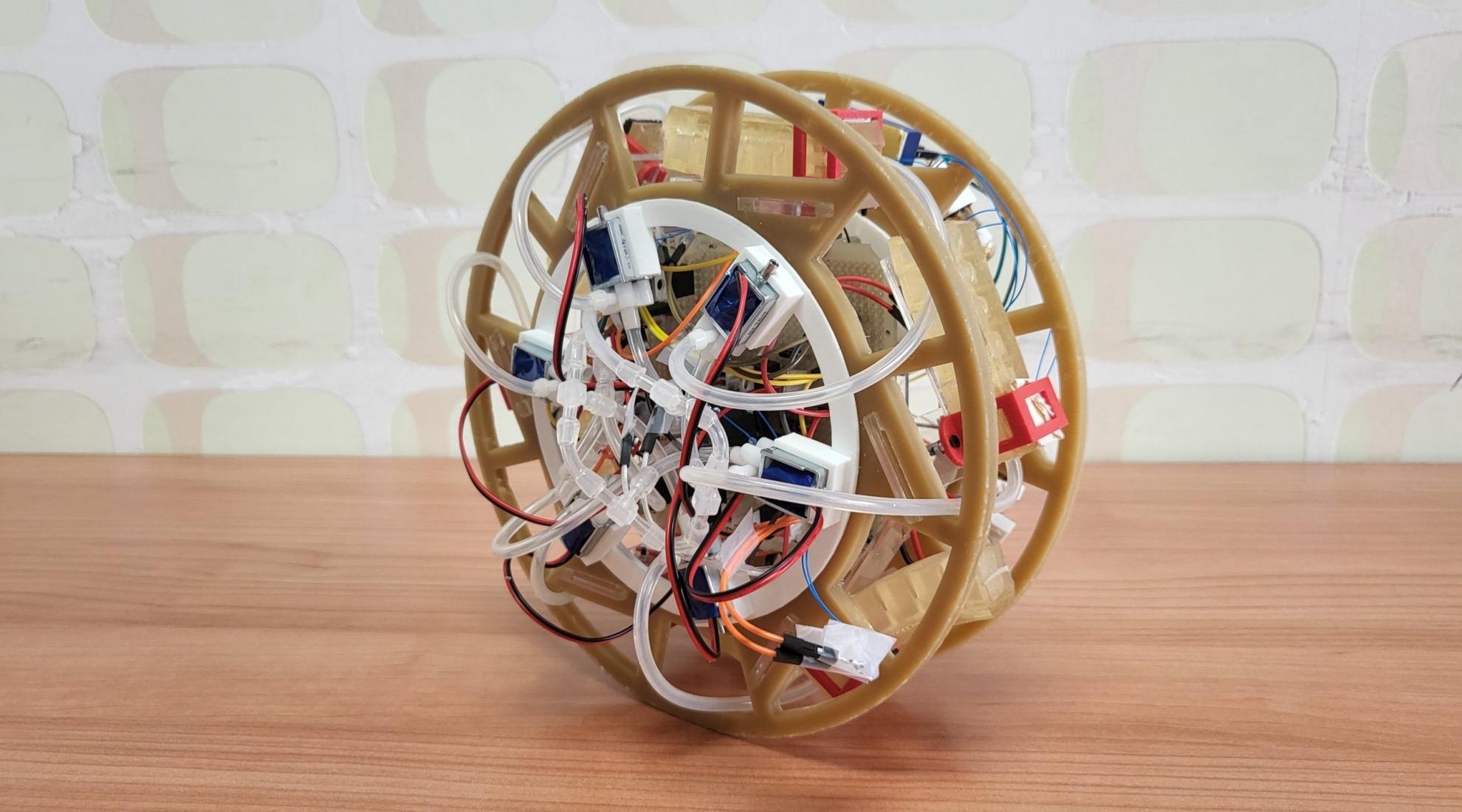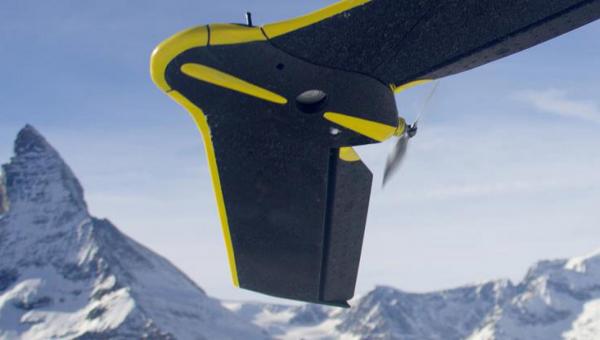Robots on your plate

A partially edible rolling robot that uses pneumatic gelatine legs and an edible tilt sensor.
Instead of rubber and plastic, robots could soon be made of chocolate and nori seaweed: a team of researchers is working on the ingredients for edible robots.
Robots do not normally exist to be eaten. When they are no longer needed, they are scrapped. However, in times of diminishing resources, we can reduce electronic waste by using organic and biodegradable materials, notably by making edible (and therefore biodegradable) robots. These could be used to supply people in disaster areas during emergencies, for example with edible drones. In medicine, edible robots could deliver drugs to the right place in the body without having to be removed – the human digestive system does this automatically. Edible robots could also pave the way for new culinary experiences.
The current state of research
In a scientific paper entitled 'Towards edible robots and robotic food’, recently published in the journal Nature Reviews Materials, scientists from the RoboFood project at EPFL in Lausanne examined how close we are to creating fully edible robots and what challenges lie ahead. In the paper, the experts, led by Dario Floreano from the Laboratory of Intelligent Systems, describe which edible materials can be used to build robots that behave similarly to those made from non-edible materials. The research is based on 150 existing publications and collaboration with other universities.
Moisture protection thanks to chocolate
There are numerous examples of such materials: gelatine can replace rubber while rice cakes can resemble foam. A chocolate film can be used to protect robots in damp environments and, as the scientists explain in their paper, adhesives can be imitated by a mixture of starch and tannin. However, it is difficult to build fully edible electronics containing transistors and other electronic components. The main challenge is to combine components that work with electricity, such as batteries and sensors, with components that work with fluids and pressure, such as actuators.
Bringing robots and food together is a fascinating challenge.
Drone wings made of rice cakes
EPFL scientists have already achieved some successes in the past. In 2017, for example, they developed an edible gripper made of gelatine that could pick up an apple. And in 2022, together with colleagues from the Wageningen University, EPFL researchers built an edible drone with wings made of rice biscuits glued together with gelatine. A year later, researchers at the Istituto Italiano di Tecnologia succeeded in developing the first rechargeable and edible battery. It uses riboflavin (vitamin B2) and quercetin – a substance extracted from almonds and capers – in the battery poles. Nori algae was used to prevent short circuits. The battery, which delivers 0.65 volts, has a beeswax casing.




